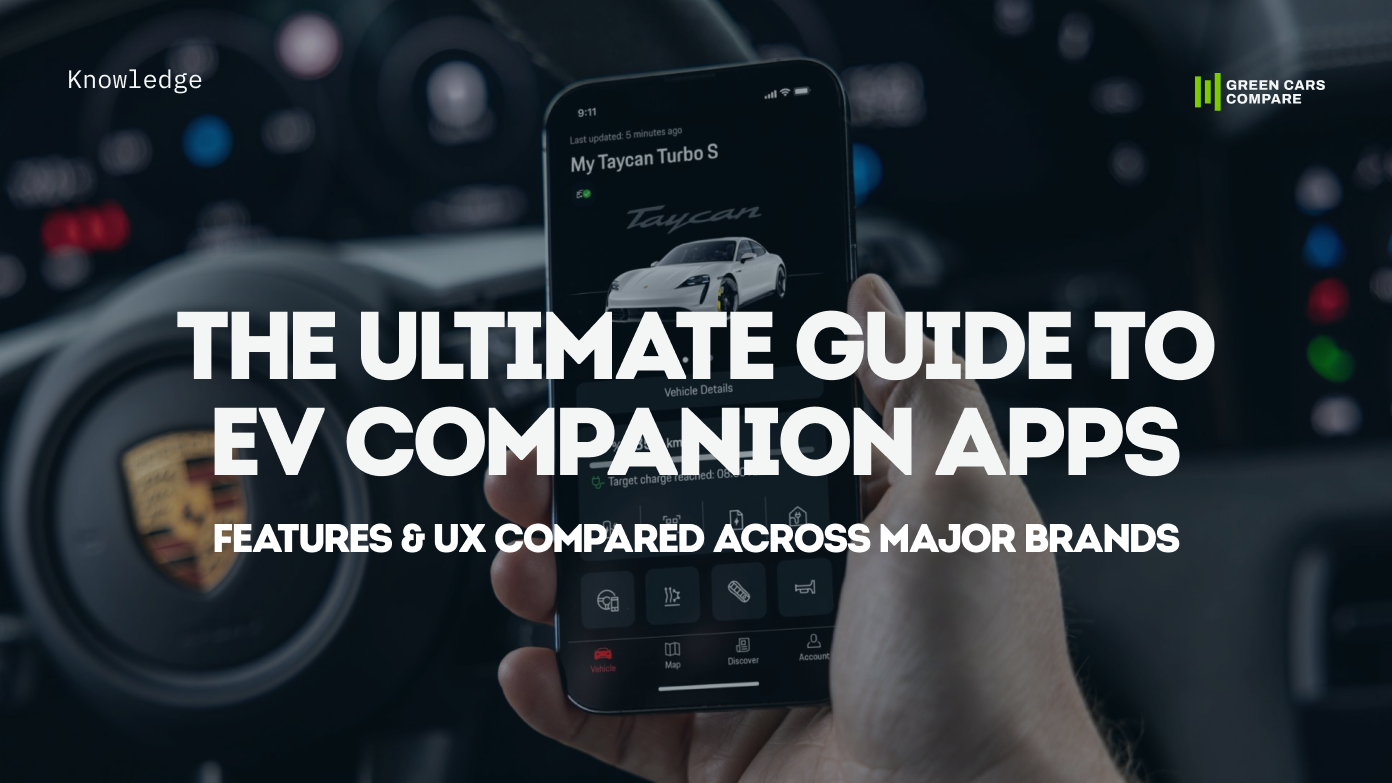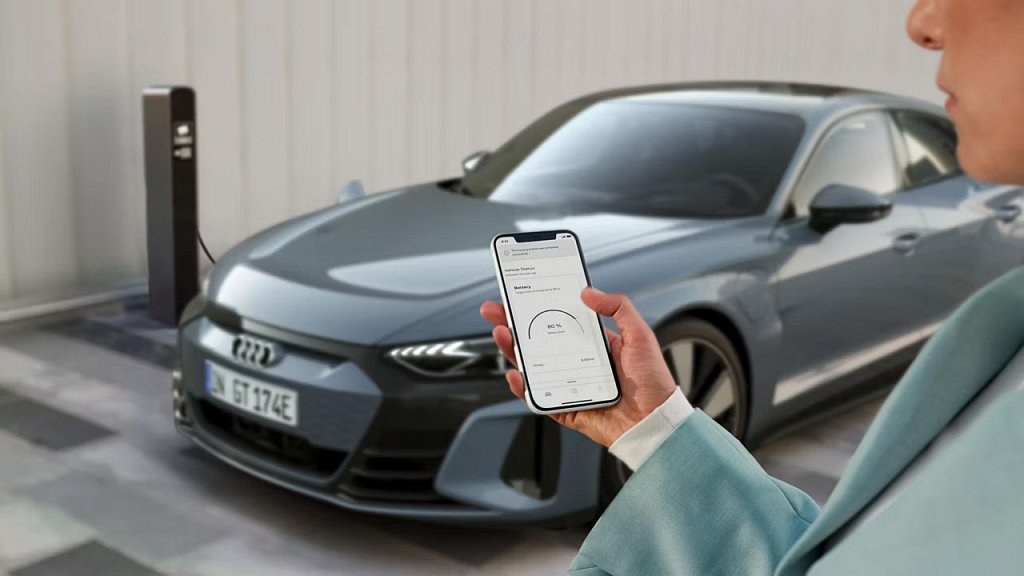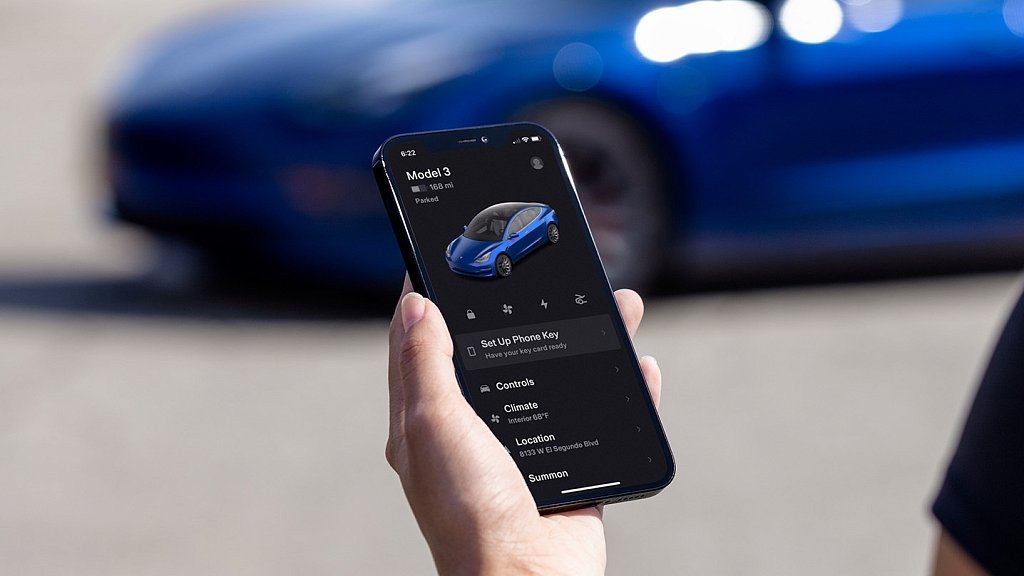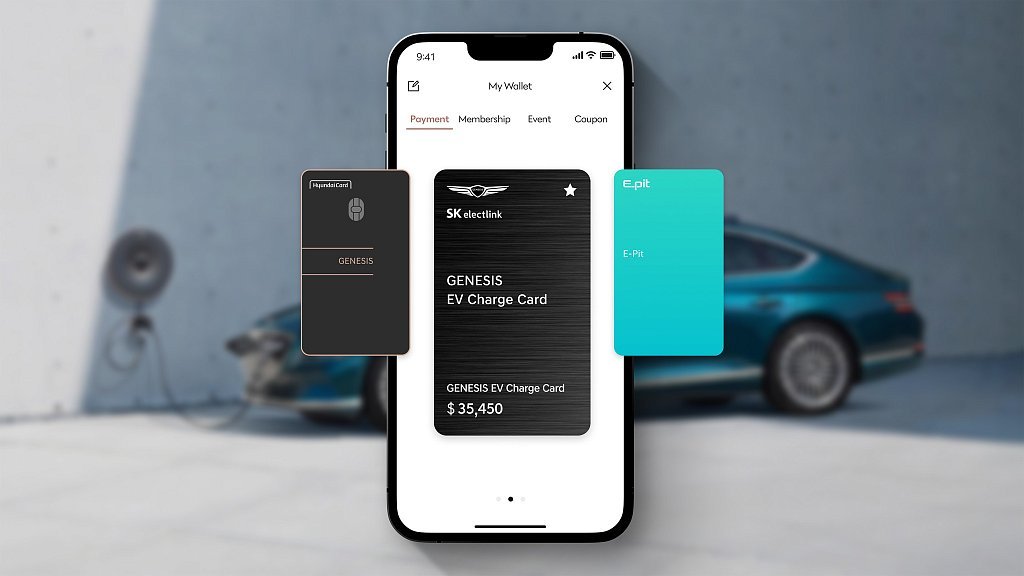The Ultimate Guide to EV Companion Apps: Features & UX Compared Across Major Brands

Your smartphone might be the most important EV accessory you never considered. Modern electric vehicles live and die by their companion apps — gateways to battery management, charging control, and even performance tweaking. But not all apps are created equal. We dissected the software from Tesla, Ford, Hyundai, and others to reveal which brands deliver seamless digital experiences and which leave you fumbling with frozen screens when you just want to preheat your cabin.
Table of Contents
What EV Apps Can Do: A Feature Breakdown

Most EV manufacturers now offer apps to enhance the daily ownership experience. Still, it’s worth asking: are these apps truly practical, or just a flashy extra to show off your new car? Let’s break down the core features and see what they actually offer:
- Vehicle Status & Information: Most EV apps display basic details about your car. If you want to check the current battery level, how much range you’ve got left, your EV’s total mileage, or even where it’s parked, these apps have you covered. Some apps also give you stats from previous charging sessions and track your energy consumption.
- Service/Health Alerts: Another key benefit of EV apps is helping you avoid unexpected issues or overdue maintenance. Most apps will send you alerts if something goes wrong with your EV. For instance, if charging suddenly stops or it's time for a service visit, you'll get a notification no matter where you are.
- Charging Management: With most EV apps, you can keep an eye on your charging status and control it remotely. That means you’ll see the current charging speed, time left until full, and how much energy your car has already taken in. Many apps also let you stop charging anytime, set a charge limit to help your battery last longer, or schedule charging to skip expensive peak hours. Some advanced ones, like FordPass, even let you use bidirectional charging — so you can power your home or even earn by sending energy back to the grid.
- Remote Control Functionality: EV apps let you control a range of functions remotely. Most automakers offer features like locking and unlocking doors, flashing lights, honking the horn, cabin pre-conditioning (including seat and steering wheel heaters), opening or closing the frunk and trunk, and managing software updates. Certain brands (Tesla, for example) also allow you to summon your car, so it can move or drive to your location on command.
- Navigation & EV Trip Planning: EV apps let you plan road trips by factoring in your current battery level, range, traffic, and recommended charging stops, including how long each stop will take. Some apps even show your estimated battery percentage upon arrival, helping you decide if you’ll need to charge again before heading back.
Market Leaders: Which EV Apps are Most Prevalent?

Which EV apps are the most popular among drivers? The answer is closely tied to how many vehicles each automaker sells. In this section, we’ll walk you through the apps that have already gained strong recognition in the EV community:
- Tesla App: Tesla combines vehicle and energy product management into one unified app, giving users centralized control over their car, Powerwall, and Solar setup. Compatible with iOS, Android, and Apple Watch, it’s designed to deliver a cohesive and intuitive user experience.
- My BMW App: BMW’s current app replaces the older BMW Connected App and now acts as the main hub for ConnectedDrive services and EV functions. It’s available on iOS, Android, and Apple Watch. For those in the ChargeForward smart charging program, a separate app is provided to help optimize charging times based on grid carbon intensity.
- Mercedes-Benz App: Serving as a replacement for the former mbrace system on newer Mercedes models, this app integrates public charging via the Mercedes me Charge platform. Available for both iOS and Android, it also supports Apple Watch functions like the Digital Vehicle Key. Regional variations apply, such as a dedicated “Mercedes-Benz Charge” app in Korea.
- MyHyundai with Bluelink App: Hyundai’s app connects users to both traditional Bluelink services and the more advanced Bluelink+ platform, typically free for original buyers of newer models. It’s widely accessible across iOS, Android, Apple Watch, Wear OS, and Tizen-based smartwatches.
- FordPass App: Built around the FordPass app, which supports FordPass Connect, this system works on iOS and Android devices, including wearables like Apple Watch and most Android-compatible smartwatches.
EV Apps Comparison: Which One Leads the Pack?
We’re about to find out which EV app stands out in terms of innovation and user experience. Instead of choosing just one overall winner, which felt a little bland, we decided to rank the top performers in each key area. Let’s start with the first section:
Intuitiveness & User-Friendliness
Ease of use is one of the most important aspects of any EV app. Let’s find out which apps are the most intuitive and convenient:
- Tesla App: While Tesla’s app is known for its clean layout and simple functionality, certain parts can be less intuitive. One example is the navigation, which uses icons without any text labels.
- My BMW App: BMW focuses on delivering intuitive navigation, but the wide range of features means there’s a learning curve. Some functions are tucked away in menus, requiring time for new users to get familiar with the app.
- Rivian App: Rivian is known for having one of the most user-friendly EV apps, making daily driving easier. However, managing the climate controls can be a bit unintuitive.
Performance Reliability & Speed
Another key factor is how quickly the EV app responds. If you don’t want to deal with lag or wait ages for features to load, check out our top-performing apps:
- Tesla App: Besides being user-friendly, Tesla’s app is also among the fastest and most reliable. You won’t have to deal with long loading times or lag, though some users report occasional issues with activating the climate system.
- Mercedes-Benz App: Overall, the Mercedes-Benz app delivers a smooth experience thanks to its fast performance, though some users report issues connecting it to their cars.
- Volvo Cars App: The app from Volvo is considered one of the fastest and most reliable, but a few users have mentioned it disconnects from the car after long periods of inactivity.
Customization
The current UX direction focuses on user control, letting people tailor app styles and functions. Here’s a look at which automakers are following this trend:
- Rivian App: Rivian offers one of the most customizable apps, allowing you to reorder remote command buttons and adjust Live Activity settings. It even lets you create widgets on your phone to display the most important data.
- MyHyundai with Bluelink App: Save user profiles, link your calendar for on-time directions, and personalize the main screen with your favorite functions — all through this app.
- Polestar App: Switching between drivers is seamless with this app, as it saves individual settings and applies them automatically.
Customer Satisfaction
Ultimately, what matters most with any EV app is whether users are happy with it. J.D. Power recently published compelling data, and we’re excited to share the top 5 EV apps with the happiest users:
- Tesla App: 847 points out of 1,000
- Mercedes-Benz App: 843 points out of 1,000
- MyHyundai with Bluelink App: 835 points out of 1,000
- My BMW App: 834 points out of 1,000
- Genesis Intelligent Assistant: 833 points out of 1,000
Current Trends in EV App Development

With the top EV apps identified, it’s time to explore the key areas for improvement and the current direction of EV app evolution:
- Integrated Charging Network Access: Until 2025, most EV manufacturers focused on building their own charging networks and proprietary charging maps. But after Tesla opened access to its vast Supercharger network, the trend shifted. Now, many automakers are integrating Tesla Superchargers and other major networks like Electrify America into their apps, greatly improving route planning and charging convenience.
- Consolidated App Functionality: Previously, many EV manufacturers offered separate apps for different functions, such as remote controls, charging station locators, and route planners. Now, the trend is shifting towards consolidating all these features into a single app, making it more convenient for users and increasing the usage of features that were once isolated in different apps.
- Battle Against Lags: Finally, a constant and ongoing trend in EV app development is improving speed, reliability, and fixing lags. Developers are well aware of the most frequent issues users face, and many apps now include dedicated feedback forms or rely on user forums to quickly gather and address performance problems.
Conclusion
EV apps are no longer rare high-tech features limited to a few brands. Today, nearly every EV manufacturer offers its own app, making everyday electric car use far more convenient.
Still, not all apps are created equal. We hope our article gave you a clearer picture of which brands lead in smartphone integration. Now you know exactly how EV apps can enhance your daily driving experience.
If choosing the right app was the final step before buying, head over to our Car Catalog and find your perfect EV with Green Cars Compare!


Discussion